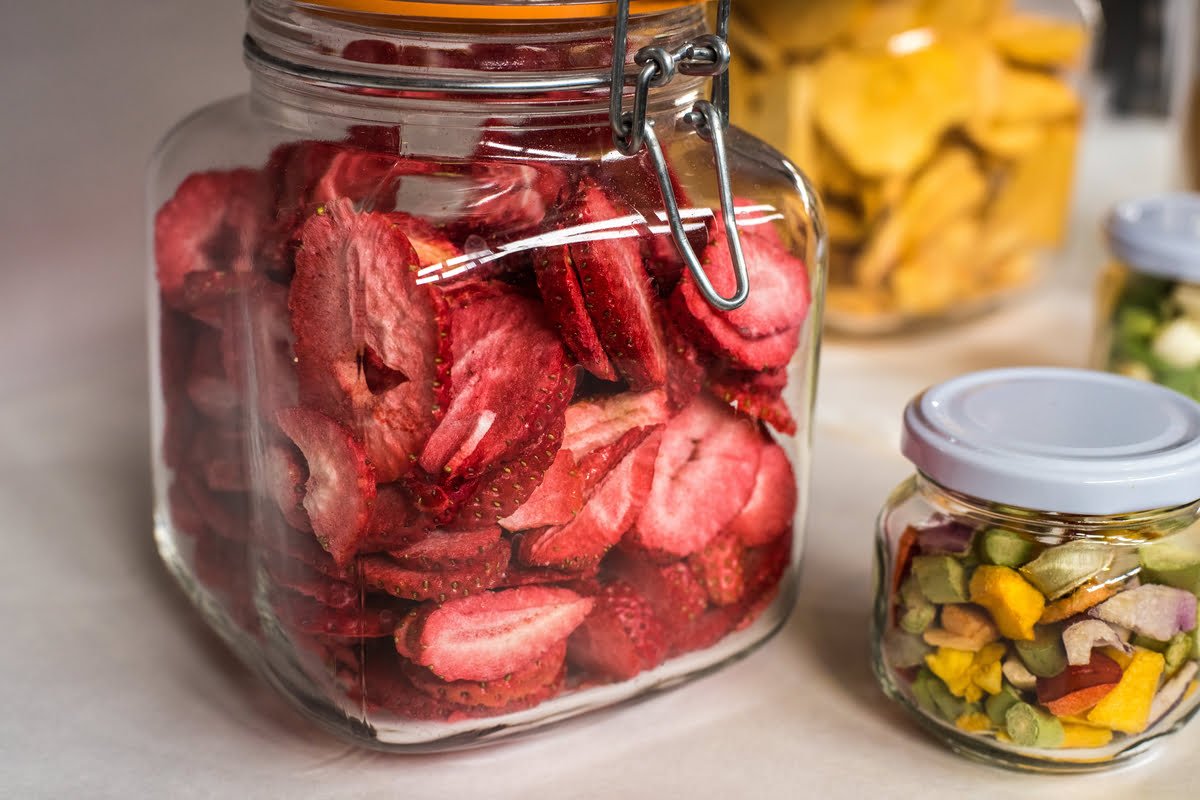

Articles
How To Store Dried Fruit Long Term
Modified: January 6, 2024
Learn the best methods for storing dried fruit long term in this informative article. Keep your fruit fresh and flavorful for extended periods.
(Many of the links in this article redirect to a specific reviewed product. Your purchase of these products through affiliate links helps to generate commission for Storables.com, at no extra cost. Learn more)
Introduction
Dried fruit is a delicious and nutritious snack that is beloved by many. Whether you enjoy the sweet chewiness of raisins, the tangy bite of dried cranberries, or the tropical taste of dried mango, storing dried fruit properly is essential to maintain its flavor and extend its shelf life. In this article, we will delve into the benefits of storing dried fruit long term and explore different methods to ensure its freshness.
Storing dried fruit is not only convenient, but it also allows you to take advantage of seasonal sales or stock up on your favorite varieties when they are readily available. By carefully following the right storage methods, you can preserve the taste, texture, and nutritional value of dried fruit for an extended period. So, let’s dive into the details and learn how to store dried fruit long term.
Key Takeaways:
- Enjoy long-lasting, nutritious dried fruit by storing it properly in airtight containers or freezing it. Maximize flavor, texture, and cost savings while avoiding food waste with these expert tips.
- Preserve the nutritional value and delicious taste of dried fruit by choosing high-quality varieties and following proper storage conditions. With the right techniques, you can enjoy your favorite snacks for months to come.
Read more: How To Store Dehydrated Fruit Long Term
Benefits of Storing Dried Fruit
Storing dried fruit long term offers several benefits, making it a worthwhile practice for fruit enthusiasts and those looking to maintain a well-stocked pantry. Here are some of the key advantages:
- Preservation of Nutritional Value: Dried fruits are packed with essential vitamins, minerals, and fiber. Storing them properly helps to preserve their nutritional value, ensuring that you can enjoy a nutrient-rich snack even after an extended period of time.
- Avoiding Food Waste: Dried fruit has a longer shelf life compared to fresh fruit. By storing dried fruit, you can prevent waste and enjoy the fruits of your purchase for an extended period.
- Convenience and Accessibility: Having a stock of dried fruit allows for easy and convenient snacking. They are portable, require no refrigeration, and can be enjoyed anytime, anywhere. This is especially useful for outdoor activities, travel, or emergency situations.
- Cost Savings: Buying dried fruit in bulk and storing it long term can be a cost-effective option compared to purchasing smaller quantities frequently. Taking advantage of sales or seasonal prices can save you money in the long run.
- Meal Preparation: Dried fruit can be a versatile ingredient in various culinary creations. Storing them long term enables you to have a ready supply for baking, cooking, or adding to salads, trail mixes, and granola.
By understanding the benefits of storing dried fruit, you can appreciate the value it brings to your everyday life. Now, let’s explore the steps to choose the right dried fruit for long-term storage.
Choosing the Right Dried Fruit
When it comes to storing dried fruit long term, it is essential to start with the right selection. Not all dried fruits are created equal in terms of flavor, texture, and shelf life. Here are some factors to consider when choosing the perfect dried fruit:
- Quality: Opt for high-quality dried fruit to ensure the best taste and nutritional value. Look for fruits that are plump, evenly dried, and free from blemishes or signs of spoilage.
- Preferred Varieties: Consider your personal preferences and intended uses. Whether you enjoy the sweetness of dried apricots, the tartness of dried cherries, or the tropical flavors of dried pineapple, choose the fruits that you enjoy the most.
- Sulfured or Unsulfured: Some dried fruits, such as apricots and apples, are commonly treated with sulfur dioxide during the drying process to preserve color and prevent microbial growth. If you prefer unsulfured options, look for organic or naturally dried fruits.
- Sugar Content: Check the sugar content in dried fruits, especially if you are watching your sugar intake. Some dried fruits may have added sugars or be naturally higher in sugar, so choose accordingly.
- Texture: Consider the desired texture of the dried fruit. Some fruits, like raisins and currants, are naturally more moist and chewy, while others, like dried cranberries or blueberries, have a drier and slightly crunchy texture.
By carefully selecting the right dried fruit, you can ensure a more enjoyable and satisfactory long-term storage experience. Next, let’s dive into the specifics of proper storage conditions for dried fruit.
Understanding Proper Storage Conditions
Proper storage conditions are crucial for maintaining the quality and longevity of dried fruit. Here are some key factors to consider:
- Temperature: Dried fruit should be stored in a cool and dry environment. Ideally, the temperature should be between 50°F and 70°F (10°C and 21°C). Avoid exposing the dried fruit to extreme temperatures, as this can affect its texture and flavor.
- Humidity: Moisture is the enemy of dried fruit. High humidity can cause the fruit to become sticky, moldy, or develop off-flavors. It is best to store dried fruit in a low-humidity environment to prevent moisture absorption.
- Light: Sunlight and artificial light can degrade the quality of dried fruit over time. To protect the fruit from light exposure, store it in opaque containers or in a dark pantry or cupboard.
- Airtight Containers: Using airtight containers is highly recommended to keep the dried fruit fresh and prevent moisture absorption. Choose containers that are specifically designed for food storage, such as glass jars, plastic containers with tight-fitting lids, or vacuum-sealed bags.
By understanding the importance of these storage conditions, you can take the necessary steps to ensure the longevity and freshness of your dried fruit. Now let’s explore two popular methods for long-term storage: storing dried fruit in airtight containers and freezing.
Option 1: Storing Dried Fruit in Airtight Containers
One of the most common and effective methods for long-term storage of dried fruit is using airtight containers. Here’s how to do it:
- Clean and Dry Containers: Before storing dried fruit, ensure that the containers you’re using are clean, dry, and free from any residual odors. This will help maintain the flavor and quality of the fruit.
- Choose the Right Size: Select containers that are appropriate for the quantity of dried fruit you want to store. Small glass jars, plastic containers, or resealable bags work well for this purpose.
- Portion Control: Consider portioning the dried fruit into smaller quantities to minimize exposure to air whenever you open the container. This helps preserve the freshness of the remaining fruit.
- Transfer and Seal: Transfer the dried fruit into the chosen containers, ensuring that they are tightly sealed. Remove as much air as possible from the containers to prevent moisture absorption.
- Labeling and Dating: Don’t forget to label your containers with the type of dried fruit and the date of storage. This will help you keep track of the freshness and rotation of your stock.
Store the airtight containers of dried fruit in a cool, dark pantry or cupboard, away from direct sunlight and heat sources. Regularly inspect the containers for any signs of spoilage, such as moisture buildup or off-putting odors. If you notice any issues, discard the affected fruit to prevent contamination.
Storing dried fruit in airtight containers helps to maintain its flavor, texture, and nutritional value for an extended period. However, if you have a surplus of dried fruit or want to extend its shelf life even further, freezing it is another viable option. Let’s explore this method next.
Store dried fruit in an airtight container in a cool, dark place to extend its shelf life. Consider using vacuum-sealed bags or glass jars for optimal preservation.
Read more: How To Store Dry Milk Long Term
Option 2: Freezing Dried Fruit
Freezing is an excellent method for long-term storage of dried fruit, particularly if you have a large quantity that you want to preserve. Follow these steps to freeze dried fruit:
- Preparation: Start by ensuring that the dried fruit is clean and free from any debris. If the fruit is sticky or clumped together, gently separate it before proceeding.
- Portion the Fruit: Divide the dried fruit into smaller portion sizes based on your needs. It’s advisable to freeze the fruit in portions that you are likely to use in a single serving or recipe.
- Package and Seal: Place the portions of dried fruit into freezer-safe bags or airtight containers. Remove as much air as possible from the packaging to prevent freezer burn and maintain the quality of the fruit.
- Labeling and Dating: Label each package with the type of dried fruit and the date of freezing. This helps you keep track of the frozen fruit and ensures proper rotation.
- Freeze: Put the sealed packages of dried fruit in the freezer. Try to place them in a single layer initially to promote faster freezing. Once the fruit is frozen, they can be stacked or organized as needed.
When you’re ready to use the frozen dried fruit, simply remove the desired portion from the freezer and allow it to thaw at room temperature or in the refrigerator. While the texture of the fruit may be slightly softer after thawing, the flavor and nutritional value will remain intact.
Freezing dried fruit is an excellent option if you want to extend its shelf life beyond the capabilities of other storage methods. It’s particularly useful when bulk buying or if you have excess dried fruit that you want to preserve for an extended period.
Now that we have explored the two main options for storing dried fruit long term, let’s discuss some additional tips for properly packaging and maintaining your dried fruit stock.
Tips for Properly Packaging Dried Fruit
Proper packaging is crucial when it comes to storing dried fruit long term. Follow these tips to ensure the best possible storage conditions:
- Use Quality Packaging Materials: When choosing bags, containers, or jars, opt for high-quality materials that are specifically designed for food storage. Look for options that are airtight, moisture-resistant, and capable of blocking light.
- Vacuum Sealing: If you have a vacuum sealer, consider using it to remove excess air from the packaging. Vacuum-sealed bags help to maintain the freshness and extend the shelf life of dried fruit.
- Choose Appropriate Packaging Sizes: Package your dried fruit in portion sizes that you are likely to consume or use in a single serving or recipe. This minimizes exposure to air and helps to maintain the quality of the remaining fruit.
- Consider Oxygen Absorbers: To further prevent moisture and oxidation, you can include oxygen absorbers in the packaging. These small packets help to absorb any remaining oxygen, keeping the dried fruit fresher for longer.
- Label and Date: Clearly label each package with the type of dried fruit and the date of packaging. This helps you keep track of the storage duration and ensures that you use the oldest stock first.
- Properly Seal the Packaging: Whether you are using resealable bags, jars, or containers, ensure that they are tightly sealed to prevent air, moisture, and light from entering. This will help preserve the freshness and quality of the dried fruit.
By following these packaging tips, you can create an optimal storage environment for your dried fruit and extend its shelf life. However, it’s also important to monitor your stock and rotate it regularly to ensure the best flavor and quality. Let’s discuss this in the next section.
Monitoring and Rotating Your Dried Fruit Stock
Proper monitoring and rotation of your dried fruit stock are essential to ensure that you are consuming the freshest fruit and minimizing any potential spoilage. Here’s how to effectively monitor and rotate your dried fruit:
- Regular Inspection: Periodically check the containers or packages of dried fruit for signs of spoilage, such as mold, off-putting odors, or any discoloration. If you notice any issues, discard the affected fruit immediately to prevent contamination.
- First In, First Out (FIFO): Establish a “first in, first out” system for your dried fruit stock. This means using the oldest packages of dried fruit first before moving on to fresher ones. This ensures that you are consuming the fruit with the shortest shelf life.
- Proper Labeling: Ensure that each package of dried fruit is clearly labeled with the date of storage or freezing. This will help you keep track of the freshness and rotation of your stock, allowing you to use the fruit within its optimal timeframe.
- Regular Consumption: Incorporate dried fruit into your everyday diet to ensure that it is being regularly consumed. This not only allows you to enjoy the nutritional benefits but also helps you maintain a steady rotation of your stock.
- Inventory Management: Keep a record or inventory of the dried fruit varieties you have in stock. This can be a simple list on paper or a digital spreadsheet. Update it regularly to track your inventory and plan your consumption accordingly.
By consistently monitoring your dried fruit stock and practicing proper rotation, you can ensure that you are consuming the freshest fruit and reducing waste. Now let’s discuss how to check for spoilage and determine the shelf life of dried fruit.
Checking for Spoilage and Shelf Life
Checking for spoilage and understanding the shelf life of dried fruit is crucial to ensure its freshness and safety for consumption. Here are some guidelines to help you:
- Visible Signs of Spoilage: Inspect the dried fruit for any visible signs of spoilage, such as the presence of mold, unusual discoloration, or an off-putting odor. If you notice any of these signs, discard the fruit immediately.
- Texture and Taste: Dried fruit should have a firm texture and maintain its flavor and aroma. If the fruit feels excessively soft, sticky, or has an unpleasant taste, it may indicate spoilage and should be avoided.
- Shelf Life: The shelf life of dried fruit can vary depending on the type of fruit, the drying process, and the storage conditions. As a general guideline, most dried fruits can last for several months to a year when stored in optimal conditions.
- Best-by Dates: If the dried fruit you purchased has a best-by date on the packaging, use it as a reference for its freshness. However, it is important to note that the actual shelf life may vary depending on storage conditions.
- Sensory Evaluation: Trust your senses when evaluating the quality of dried fruit. If the fruit looks, smells, or tastes off, it is best to err on the side of caution and discard it.
It’s important to remember that while dried fruit can have a long shelf life, it is not indefinite. Factors such as the fruit’s moisture content, packaging, and storage conditions can affect its longevity. Therefore, regular inspection and adherence to proper storage practices are key to ensuring the best quality and safety of your dried fruit.
By following these guidelines and maintaining a vigilant eye on the condition of your dried fruit, you can confidently enjoy its delicious taste and reap its nutritional benefits.
Now that we’ve covered the importance of proper storage, rotation, and checking for spoilage, let’s wrap up this article.
Read more: How To Store Dry Food Long Term
Conclusion
Storing dried fruit long term is an excellent way to enjoy its delicious flavor and reap its nutritional benefits for an extended period. By following the right storage methods, you can preserve the taste, texture, and quality of dried fruit, ultimately reducing waste and saving money.
In this article, we explored the benefits of storing dried fruit, including the preservation of its nutritional value, the convenience it offers, and the cost savings it provides. We discussed the importance of choosing the right dried fruit, understanding proper storage conditions, and explored two popular methods: storing dried fruit in airtight containers and freezing.
We also shared tips for properly packaging dried fruit, including using quality materials, portion control, and labeling. Additionally, we emphasized the importance of monitoring your dried fruit stock, practicing rotation, and regularly checking for spoilage to ensure the freshest fruit with the longest shelf life.
Remember, proper storage and monitoring play vital roles in maintaining the flavor, texture, and safety of dried fruit. By paying attention to storage conditions, checking for spoilage, and understanding the shelf life, you can confidently enjoy your dried fruit stash while maximizing its freshness.
So, the next time you stock up on dried fruit, make sure to follow the tips and techniques shared in this article. With proper storage and care, you can have a ready supply of delicious and nutritious dried fruit to enjoy for months to come.
Now go forth and store your dried fruit with confidence, knowing that you have the knowledge and tools to keep it fresh and delicious!
Frequently Asked Questions about How To Store Dried Fruit Long Term
Was this page helpful?
At Storables.com, we guarantee accurate and reliable information. Our content, validated by Expert Board Contributors, is crafted following stringent Editorial Policies. We're committed to providing you with well-researched, expert-backed insights for all your informational needs.
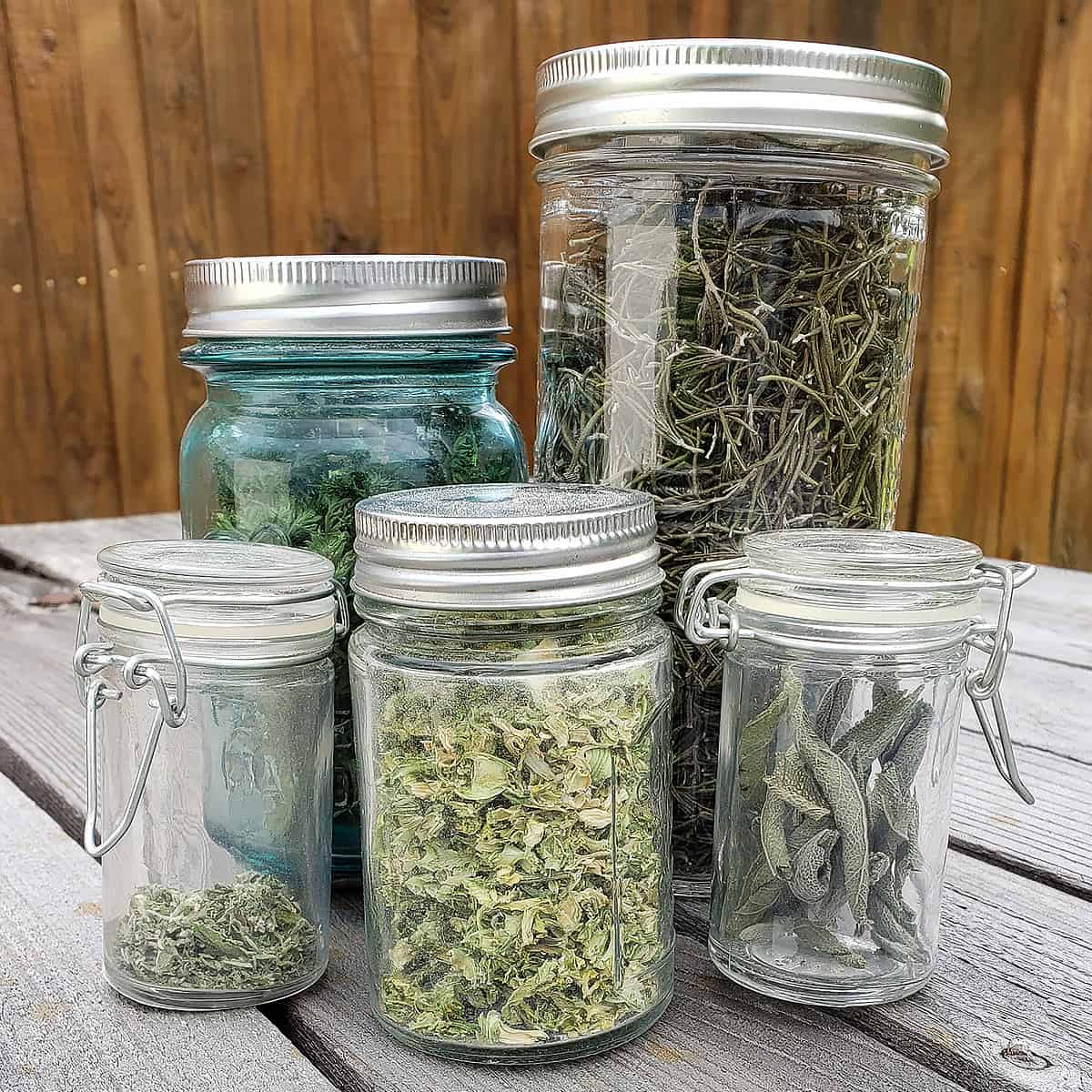
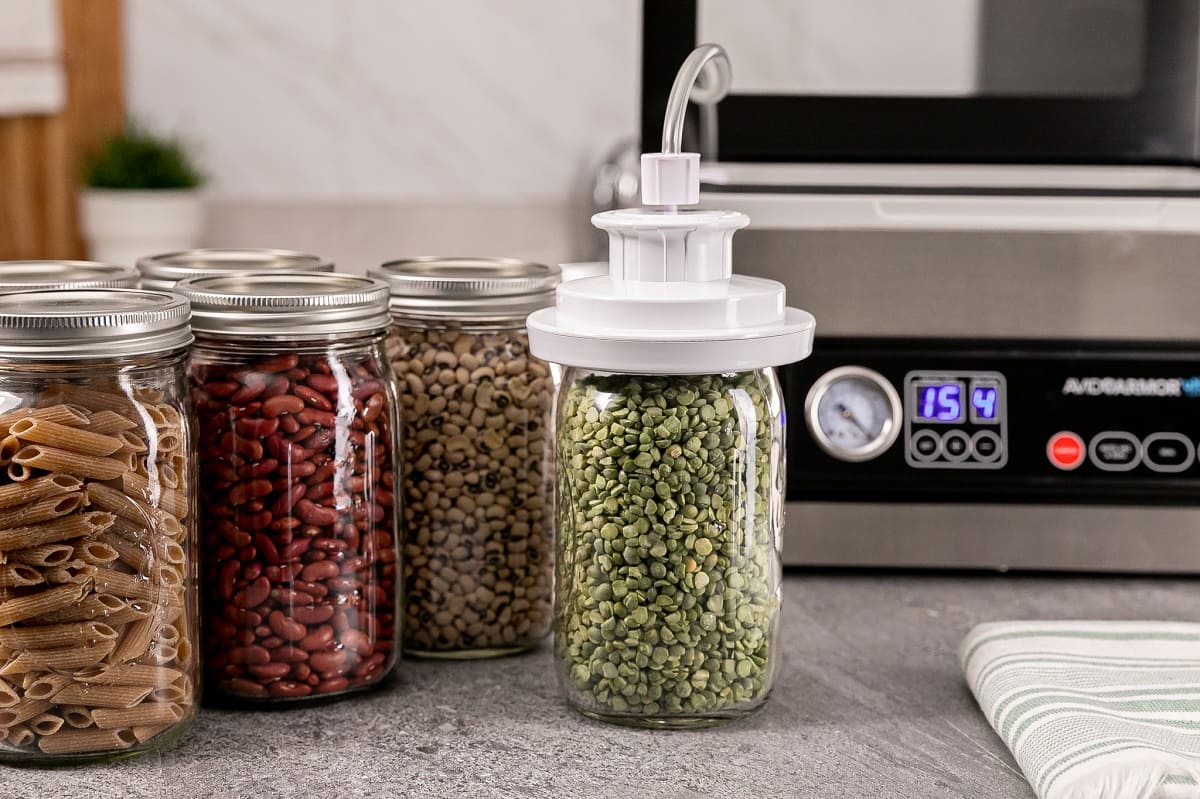
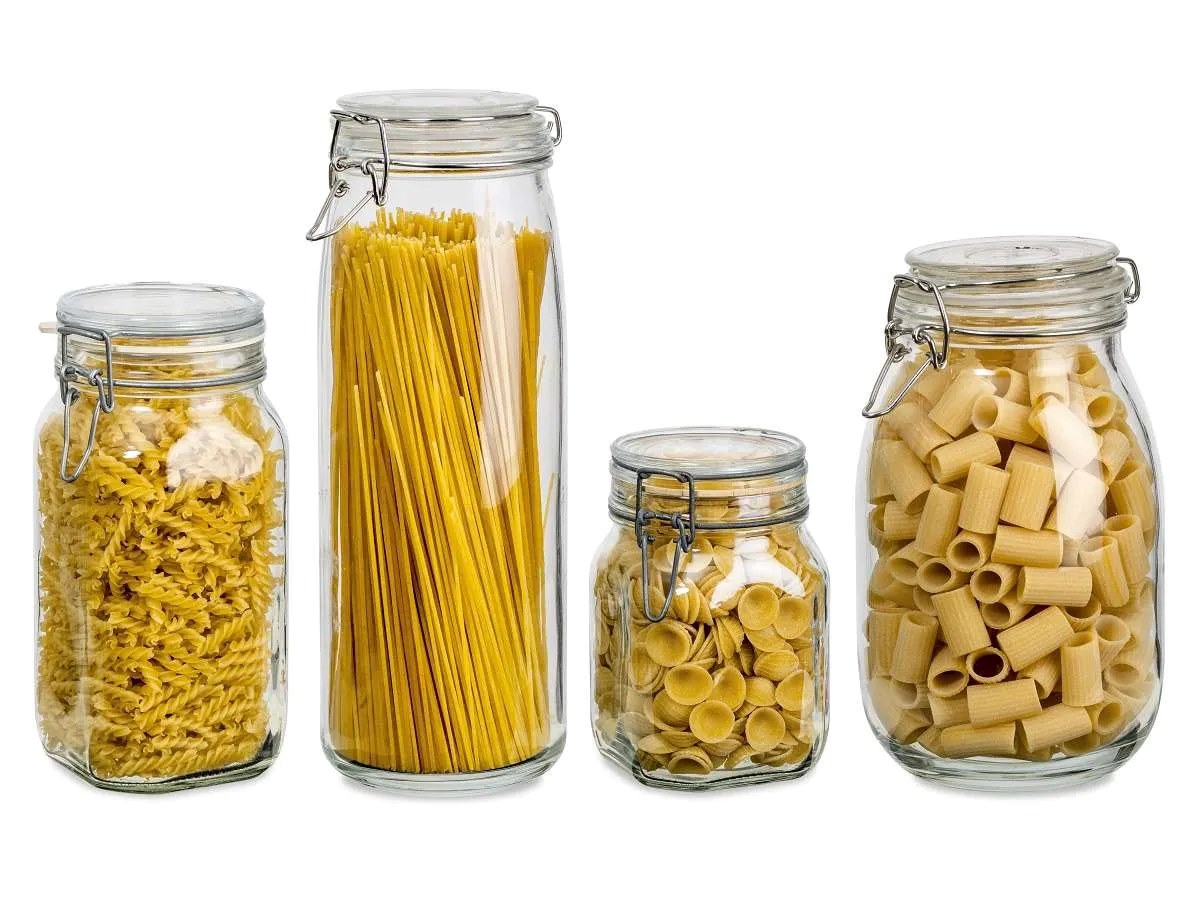
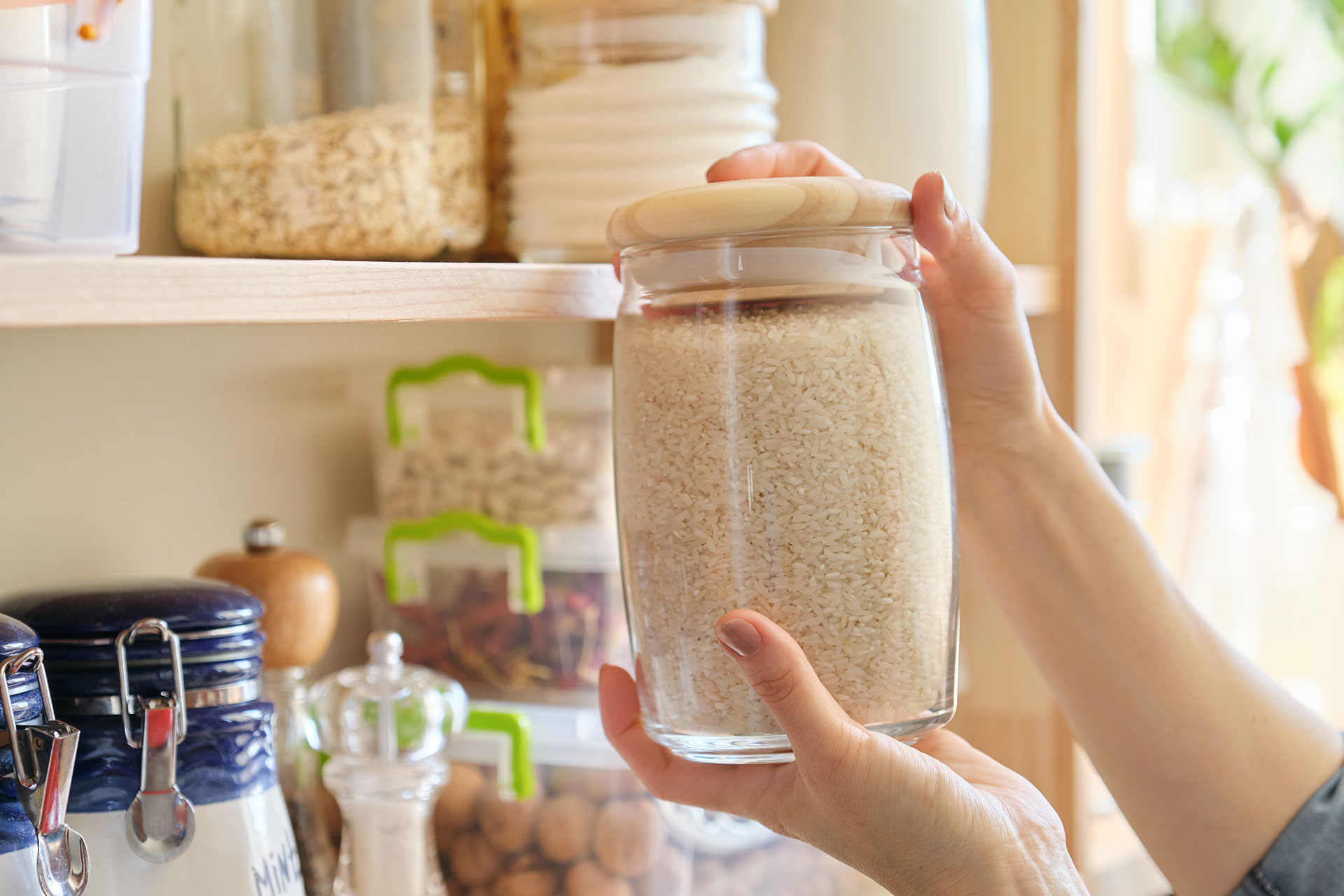
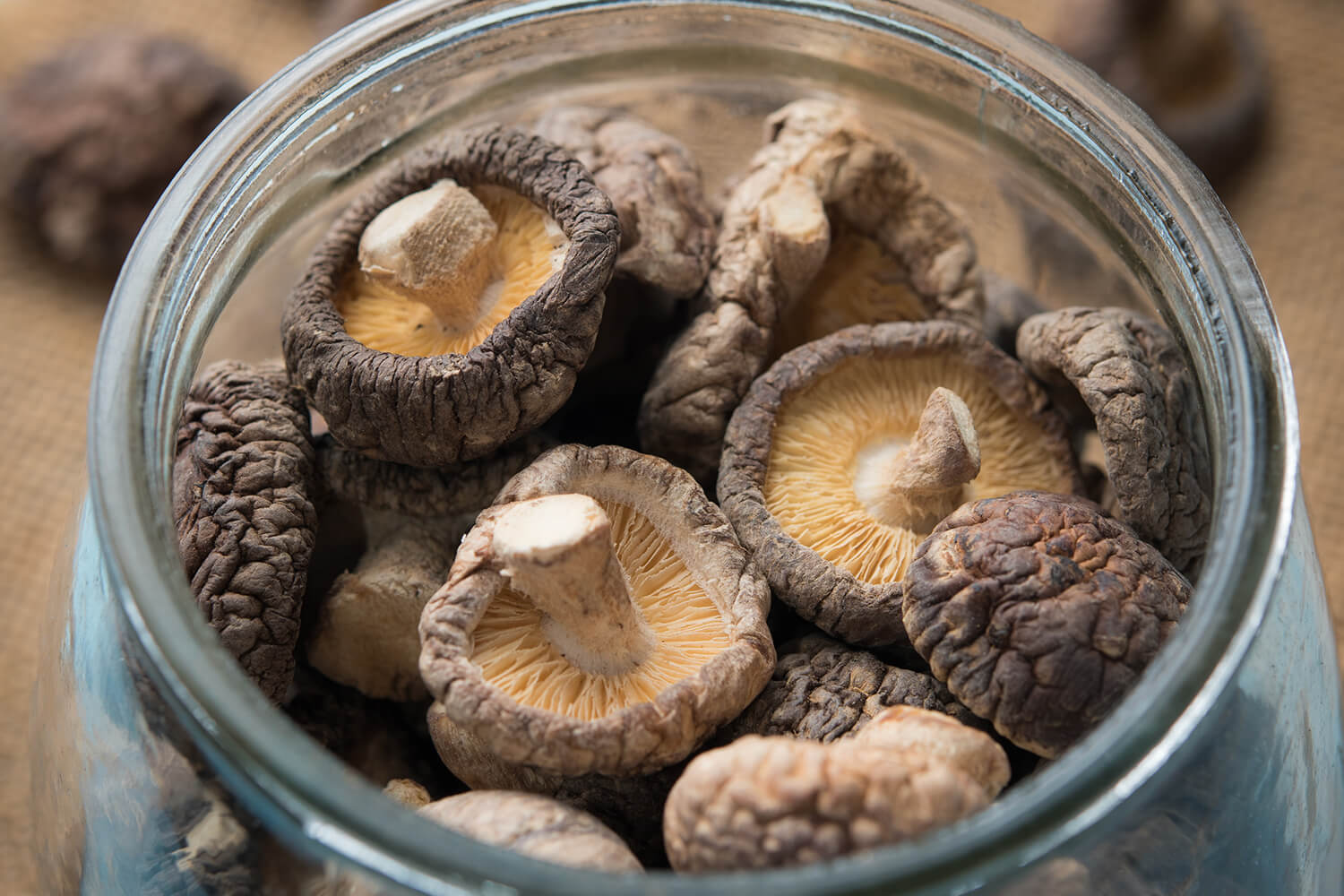
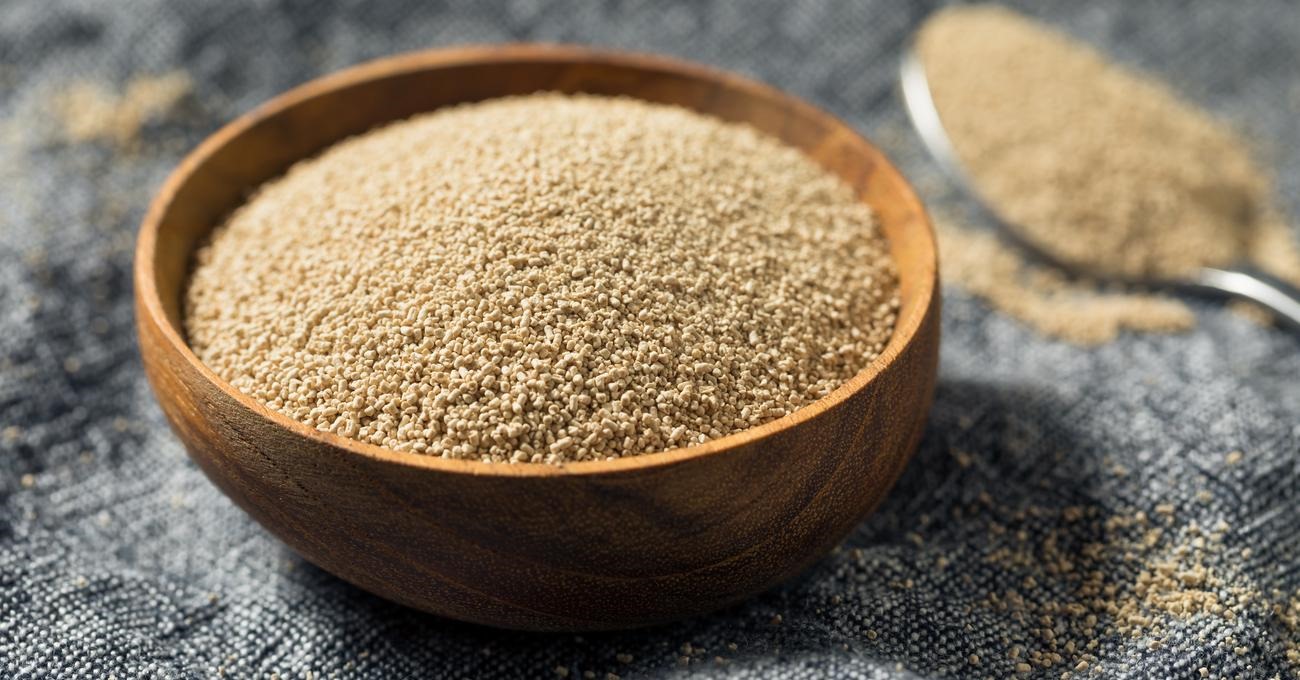
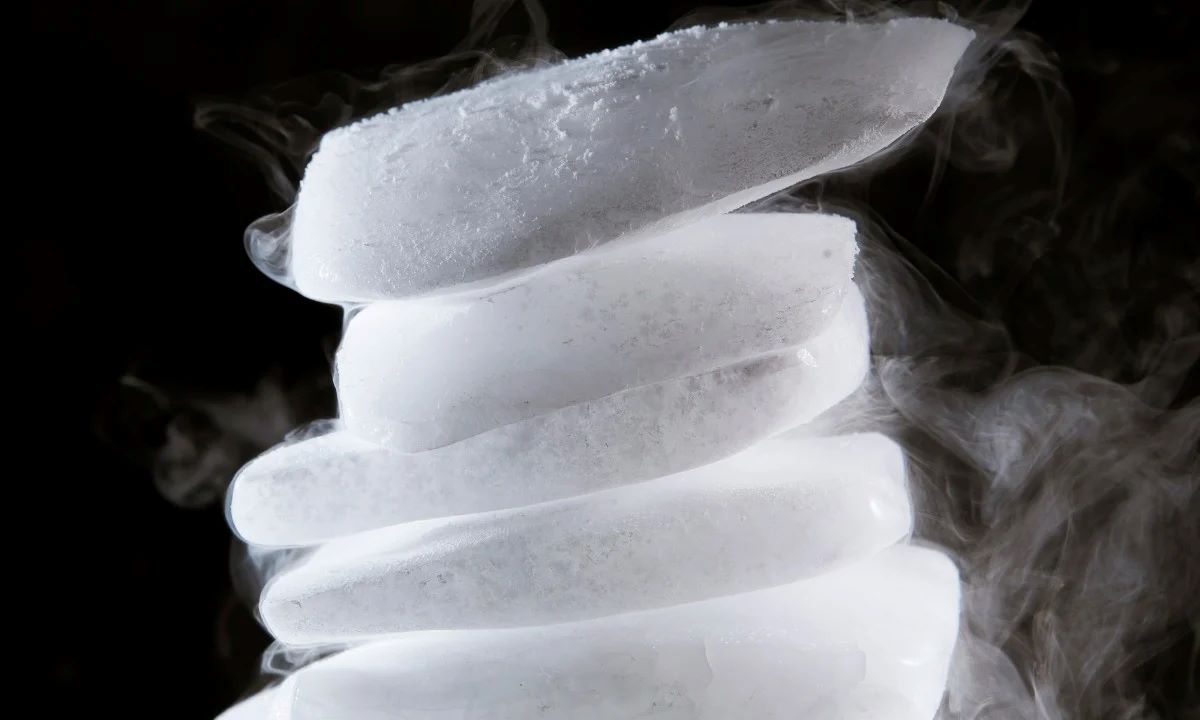
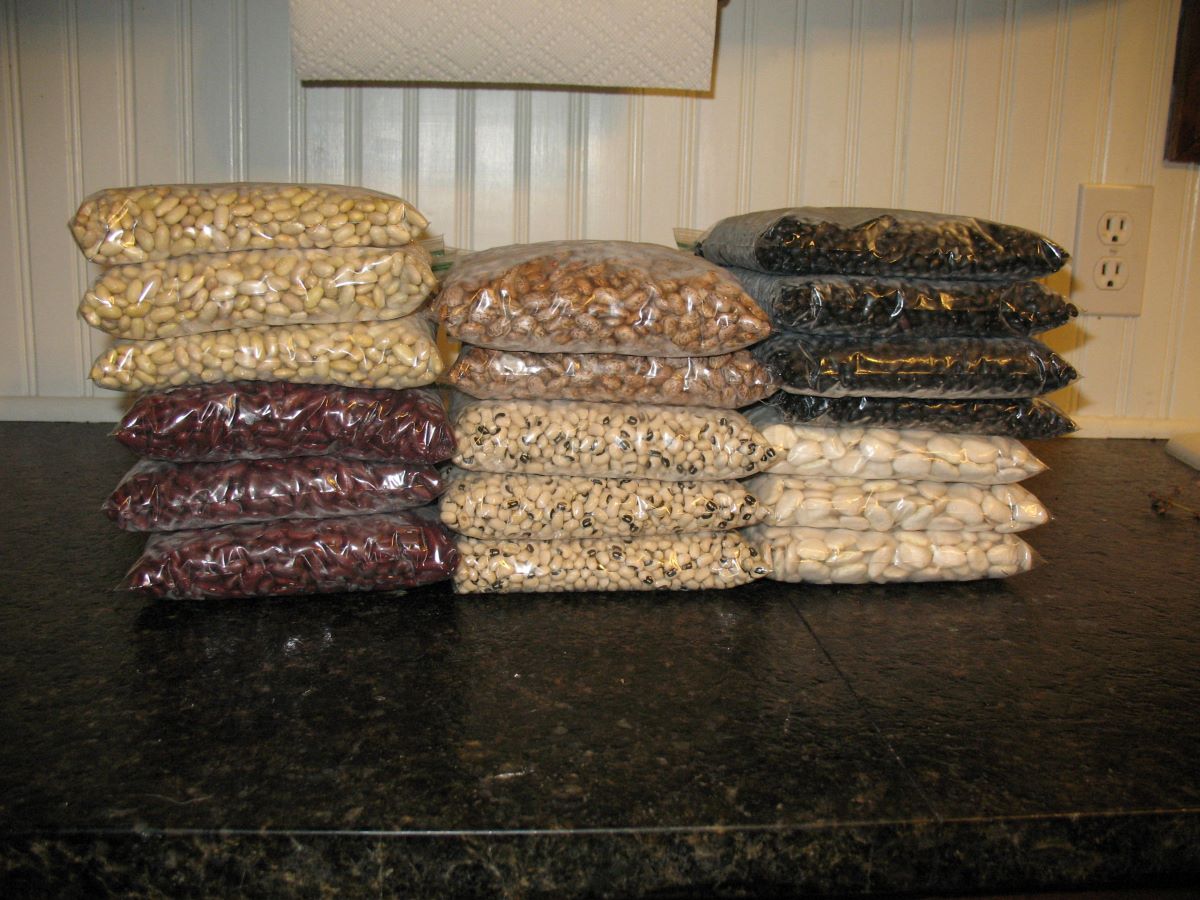
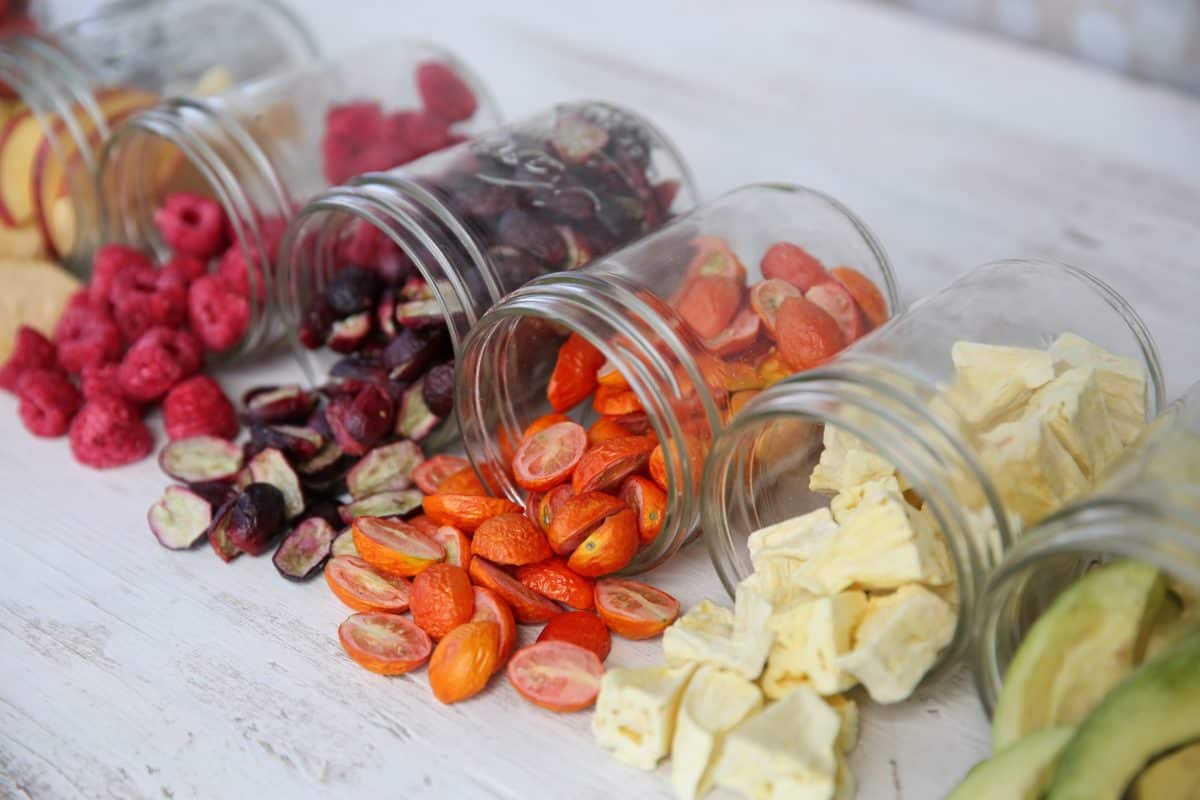


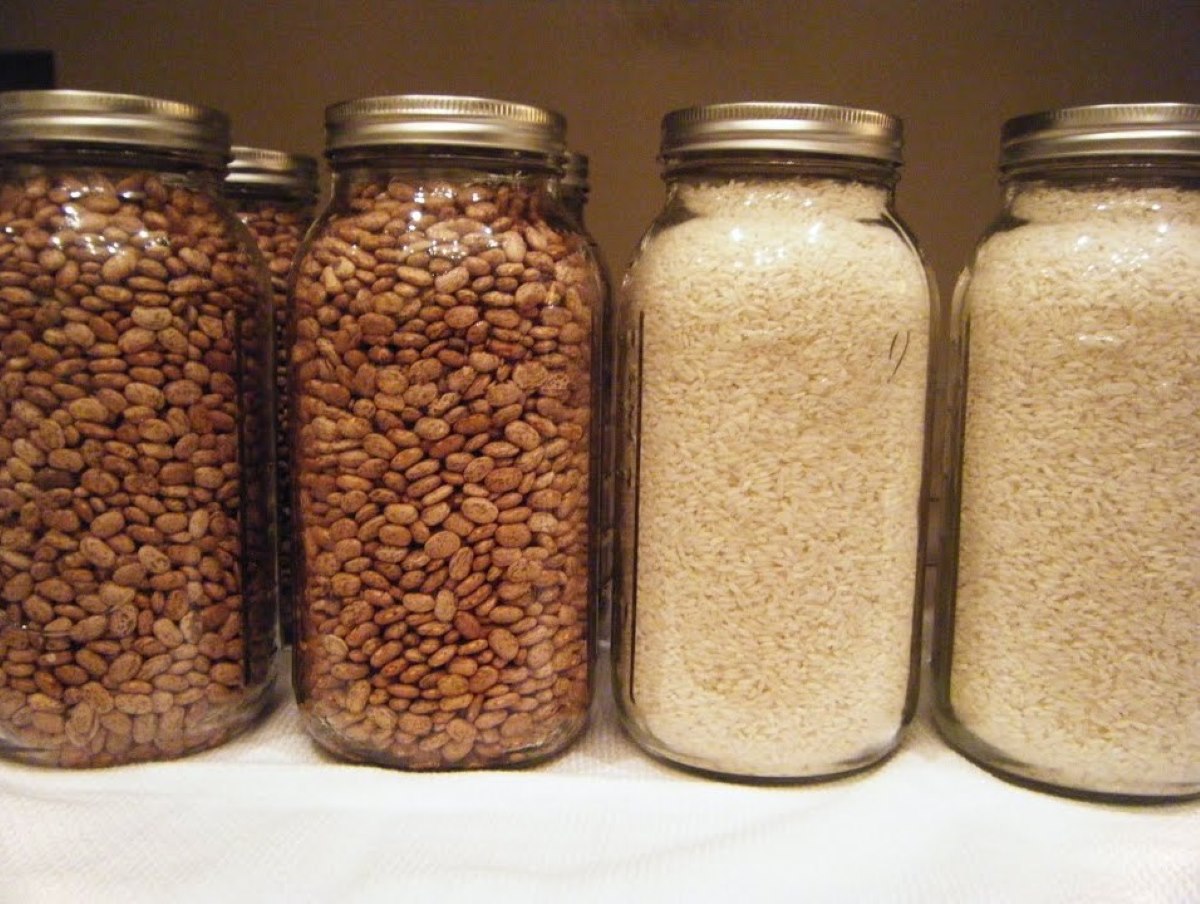
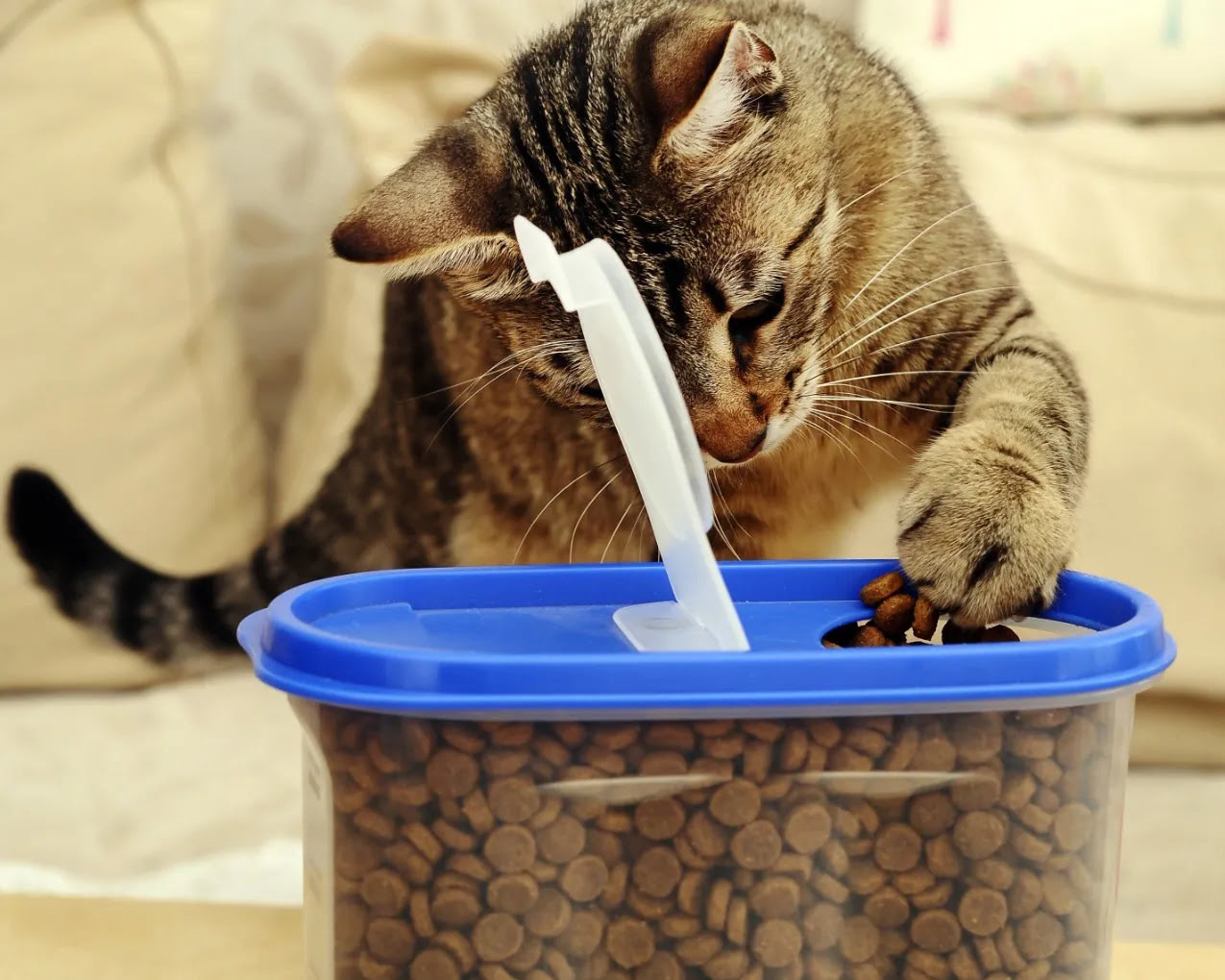

0 thoughts on “How To Store Dried Fruit Long Term”